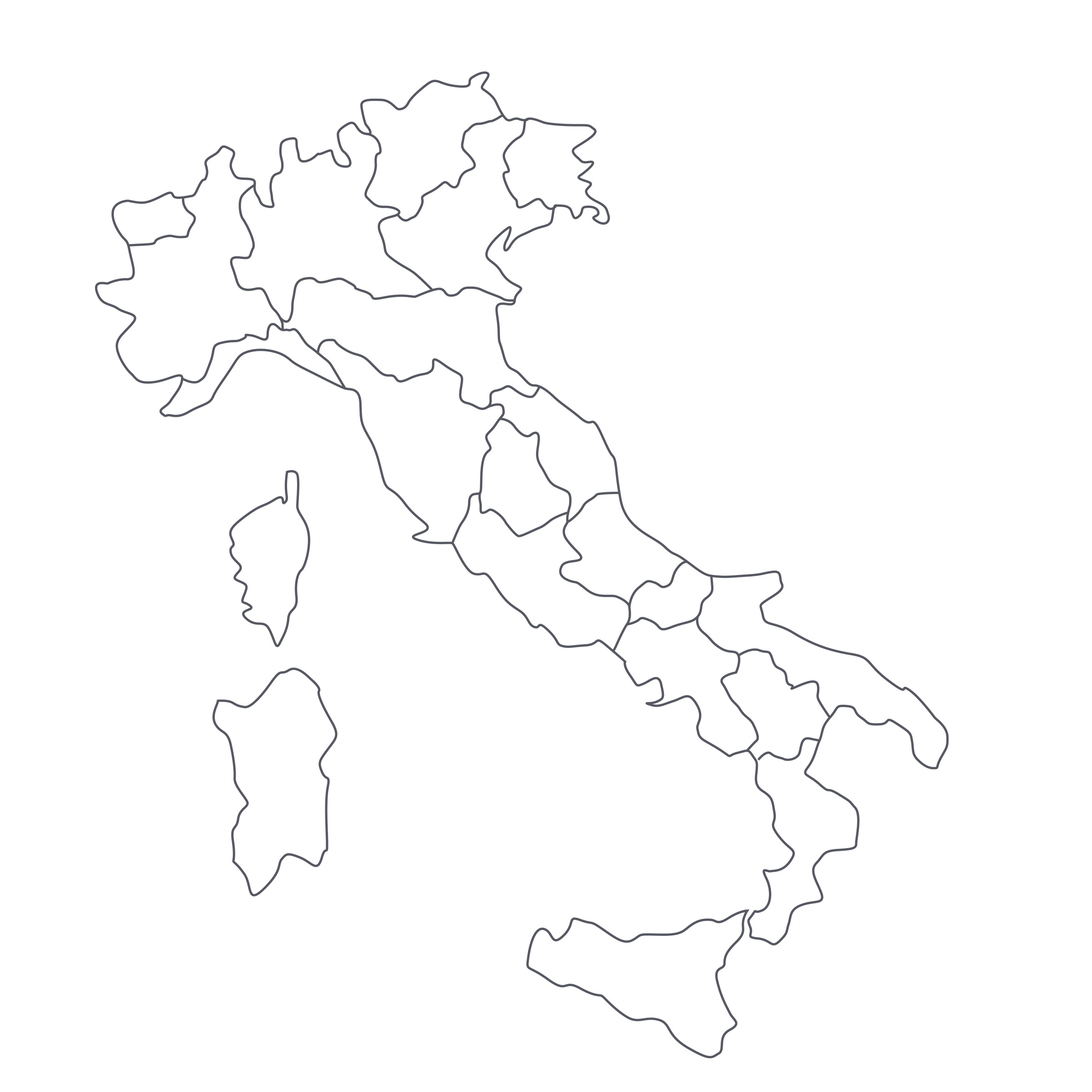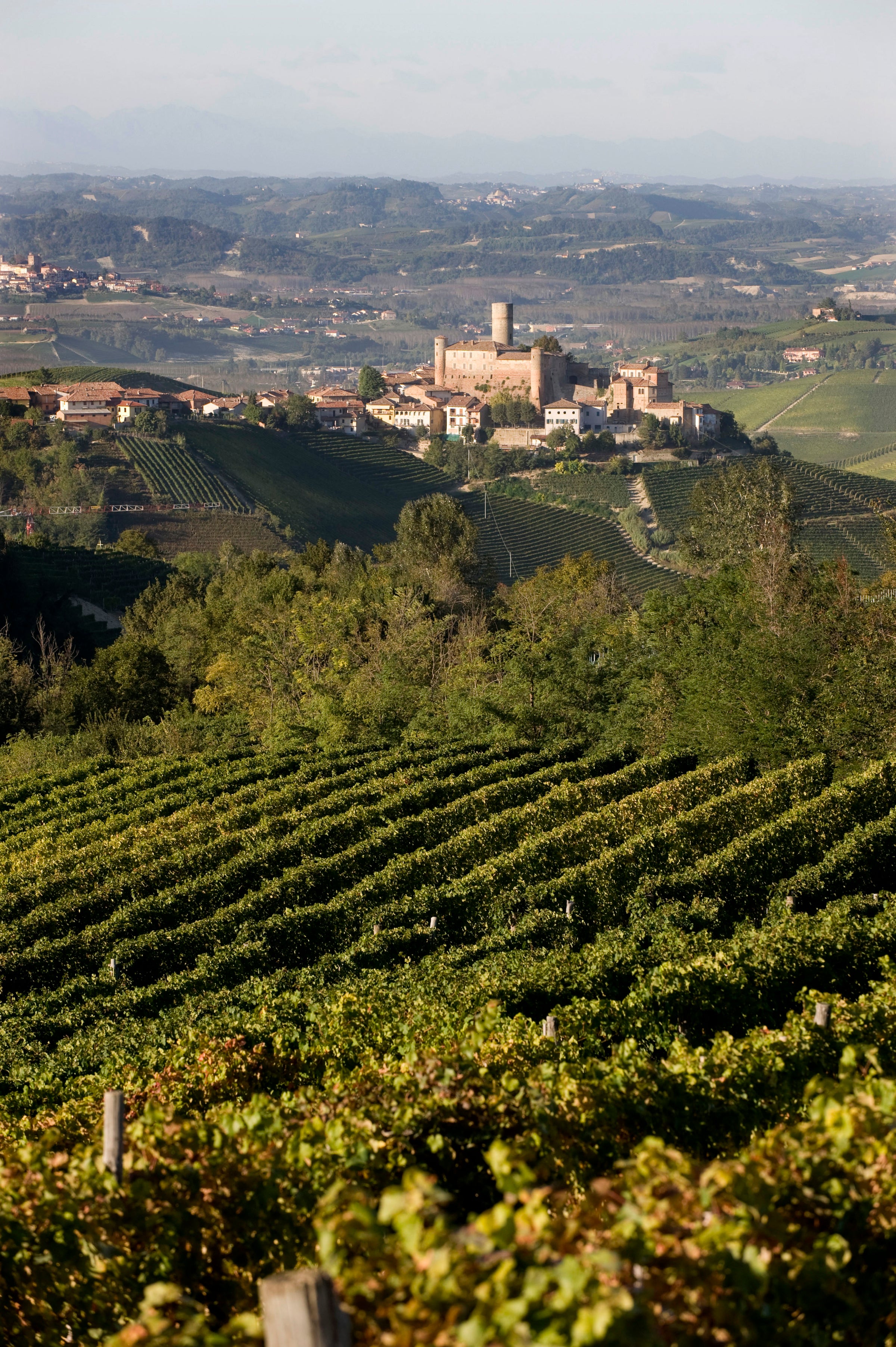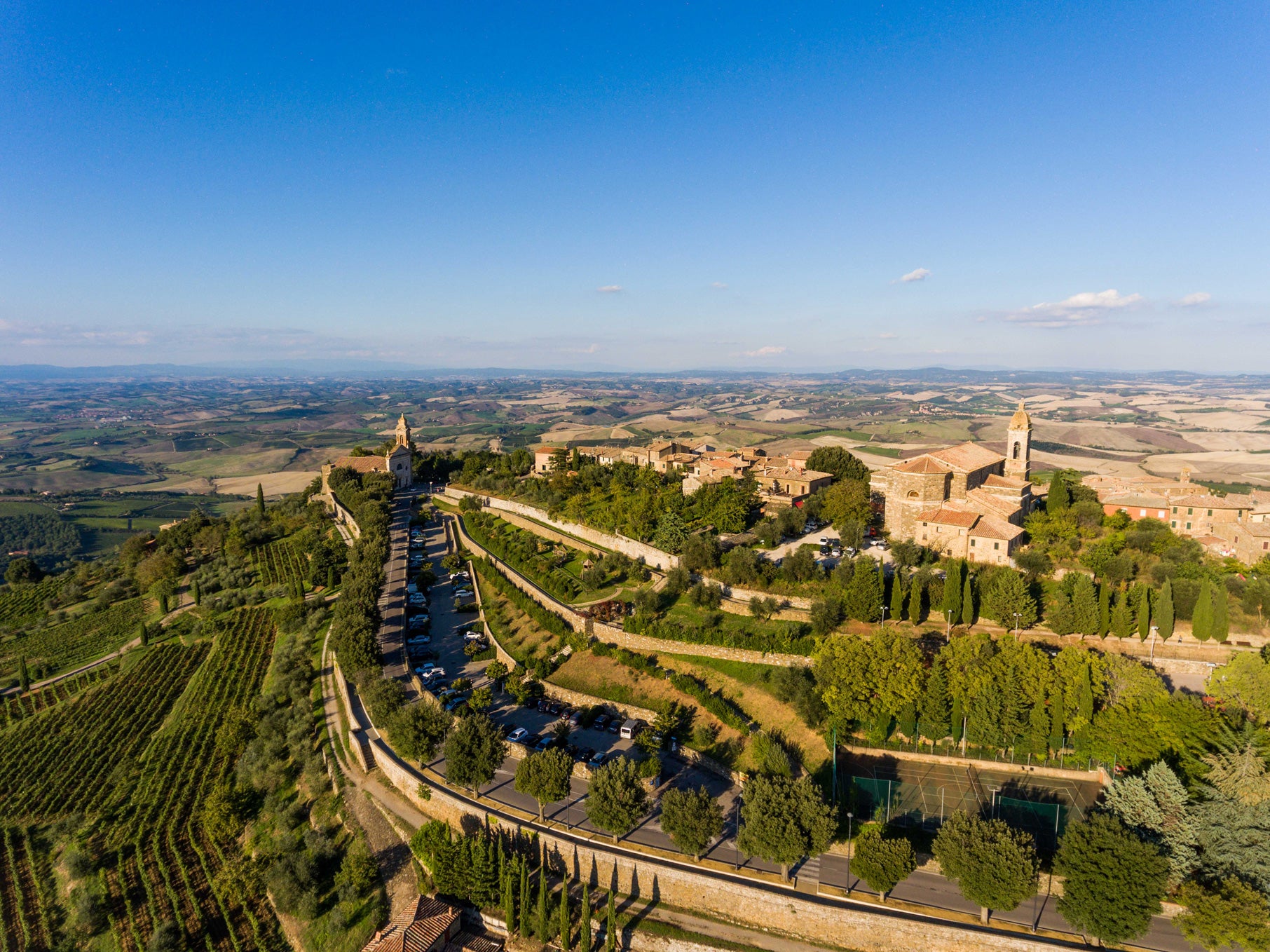In every other respect, 2020 has been horrible, but when it comes to impeccable Brunello di Montalcino from one of the greatest vintages of the last two decades (2015), it’s been a banner year. And just when I thought we’d seen—and bought—it all, along comes this mesmerizing beauty from Podere Scopetone. Not only is this the ultimate in classically styled Montalcino Sangiovese, it is easily among the best fine wine values we’ve offered.
Let’s start by defining “classically styled,” which to me means Sangiovese of a more lithe and aromatic sort, not something with an excess of extract or oak. Podere Scopetone’s 2015, crafted with guidance from one of the great Sangiovese masters, Maurizio Castelli, is as classic as they come, full of tension and perfume and woodland savor. It is also one of the rarest, most artisanal Brunello di Montalcino wines one could hope to own, sourced from a mere 2.5 hectares of organically farmed vines. Now, the payoff pitch: Look at the price. I may be a broken record on this topic, but a Burgundy wine of this quality—yes, the Burgundy comparison is perfectly apt here—would cost you at least twice as much. This is Brunello di Montalcino that fulfills every promise of this legendary Tuscan terroir at a price I’m still struggling to comprehend. The story behind it makes me crave it even more, but I’ll stand aside (for now) to give you first dibs. Up to six bottles per customer until it disappears!
The tiny Podere Scopetone property once contained just a single hectare of vines, lovingly cared for by founders Federigo Abbarchi and Angela Corioni. The couple originally enlisted the help of the late, legendary Giulio Gambelli, whose name has been associated with many of the greatest Sangiovese wines of all time, including Soldera, Montevertine, and Poggio di Sotto. Gambelli was a well-known champion of a more perfumed, tense, woodsy style of Sangiovese, which many producers, especially in Montalcino, abandoned in favor of more extracted, darker styles pumped up with new, expensive oak. Scopetone stayed true to the Gambelli style, producing very little wine but garnering accolades as one of Montalcino’s greatest under-the-radar producers.
By the mid-2000s, however, Federigo was in poor health and Angela struggled to manage the estate on her own. In 2009, she struck up a deal with two neighbors, Loredana Tanganelli and Antonio Brandi, leasing them the vineyard in exchange for keeping the Podere Scopetone brand name. Tanganelli and Brandi, and enologist, not only picked up where their predecessors left off but upped the ante by obtaining organic certification for their vineyards, which have grown to a whopping 2.5 hectares. Total production at Scopetone hovers at around 400 cases of Brunello a year. Total. For the whole world.
Maurizio Castelli, whose client list in Tuscany is far too large to list here, is a Sangiovese savant in the Gambelli mold, as is evident the moment the cork is pulled on this magnificent 2015: aromas of underbrush and wild cherries fill the immediate area as the garnet-colored wine is poured. It’s all bright fruit and smoky earth, with only the faintest hint of oak spice lending a background note: The wine was aged in 30-hectoliter casks for 36 months, following by another year in glazed concrete tanks before bottling, so when you think about it, it’s not surprising that there are many savory, “mature” notes already in evidence (orange peel, leather, tobacco) in what is effectively a “current release wine.” It is exceptionally fine and precision-balanced, with notes of black cherry, cranberry, and wild strawberry in a delicious tug-of-war with all those spicy, mineral, smoky notes. The wine’s wiry muscularity is pure Sangiovese—a rigid, but not harsh, tannic backbone is complemented by a wave of freshness, which will preserve it for 10-20 years to come, but one of the hallmarks of ’15 is the relative accessibility of the wines in their youth. I say don’t wait: Pull the cork, decant for 60 minutes, and revel in this Tuscan beauty in Burgundy stems at 60-65 degrees (I normally suggest Bordeaux glasses for Brunello but I’m making an exception here). Wintry game dishes, perhaps incorporating white truffles if you can find some, would be the ultimate luxury play here—you’ll spend more on the truffles than the wine—but a simple grilled or pan-seared ribeye would work just fine as well. Don’t miss this one!




